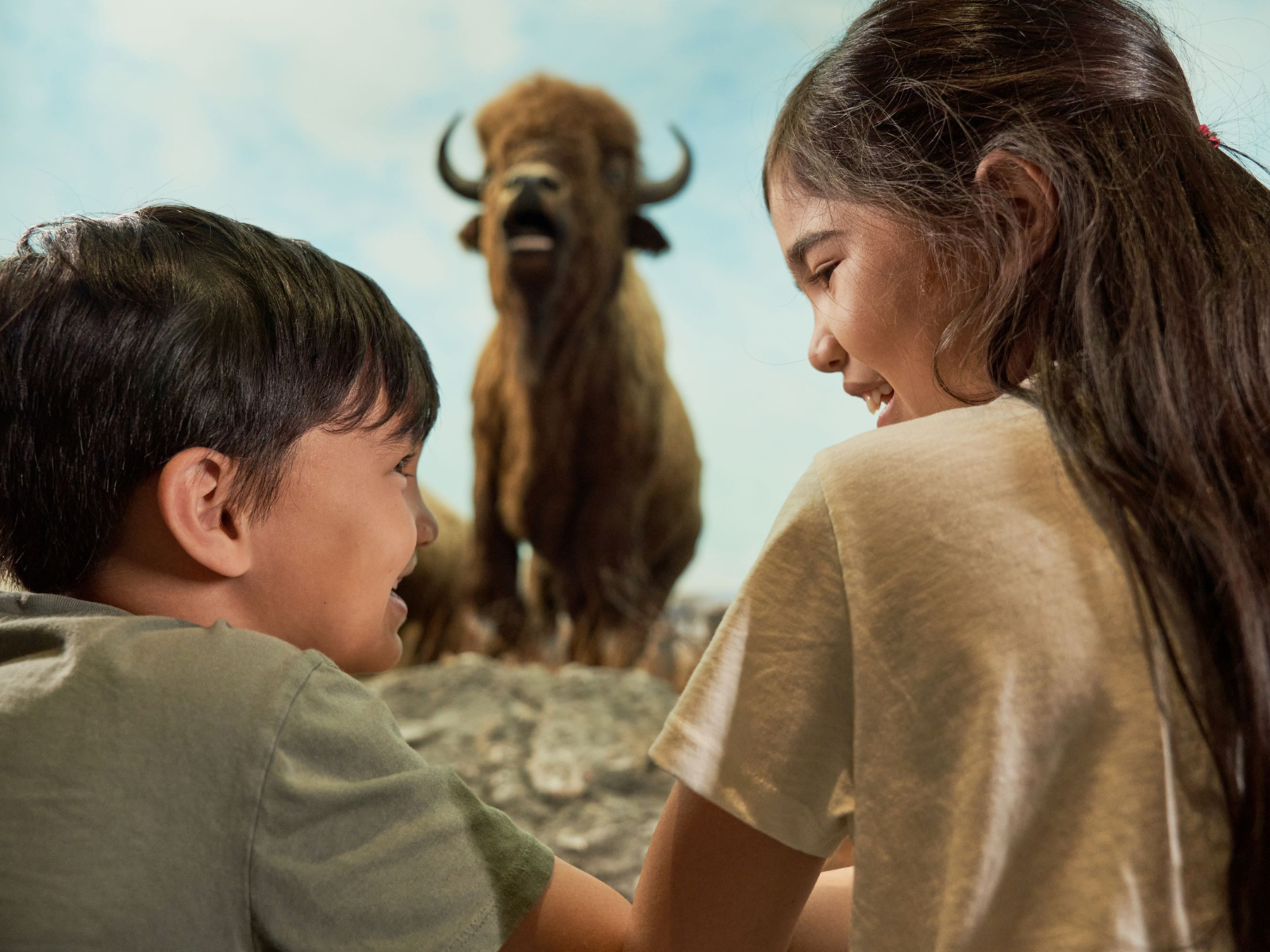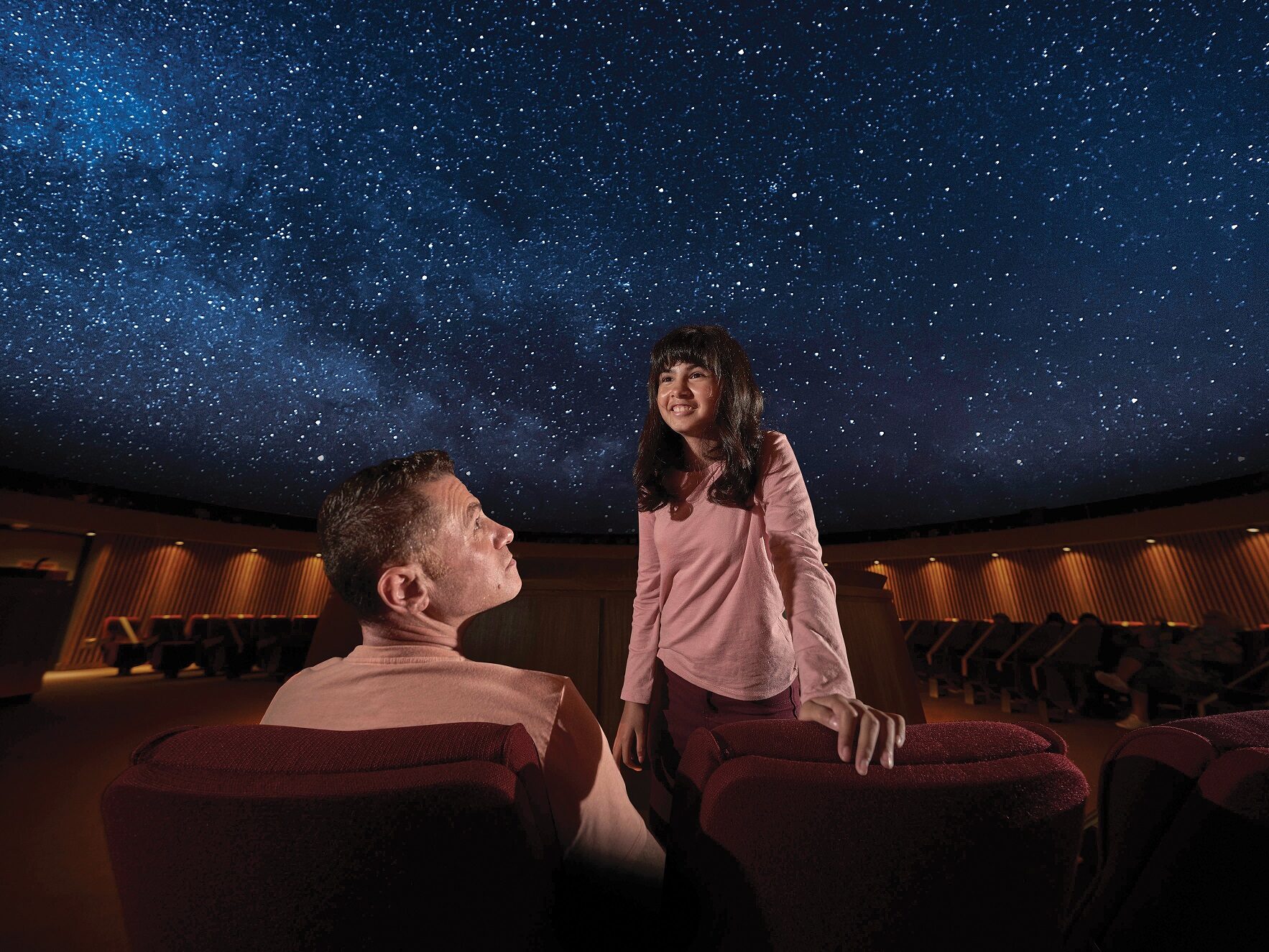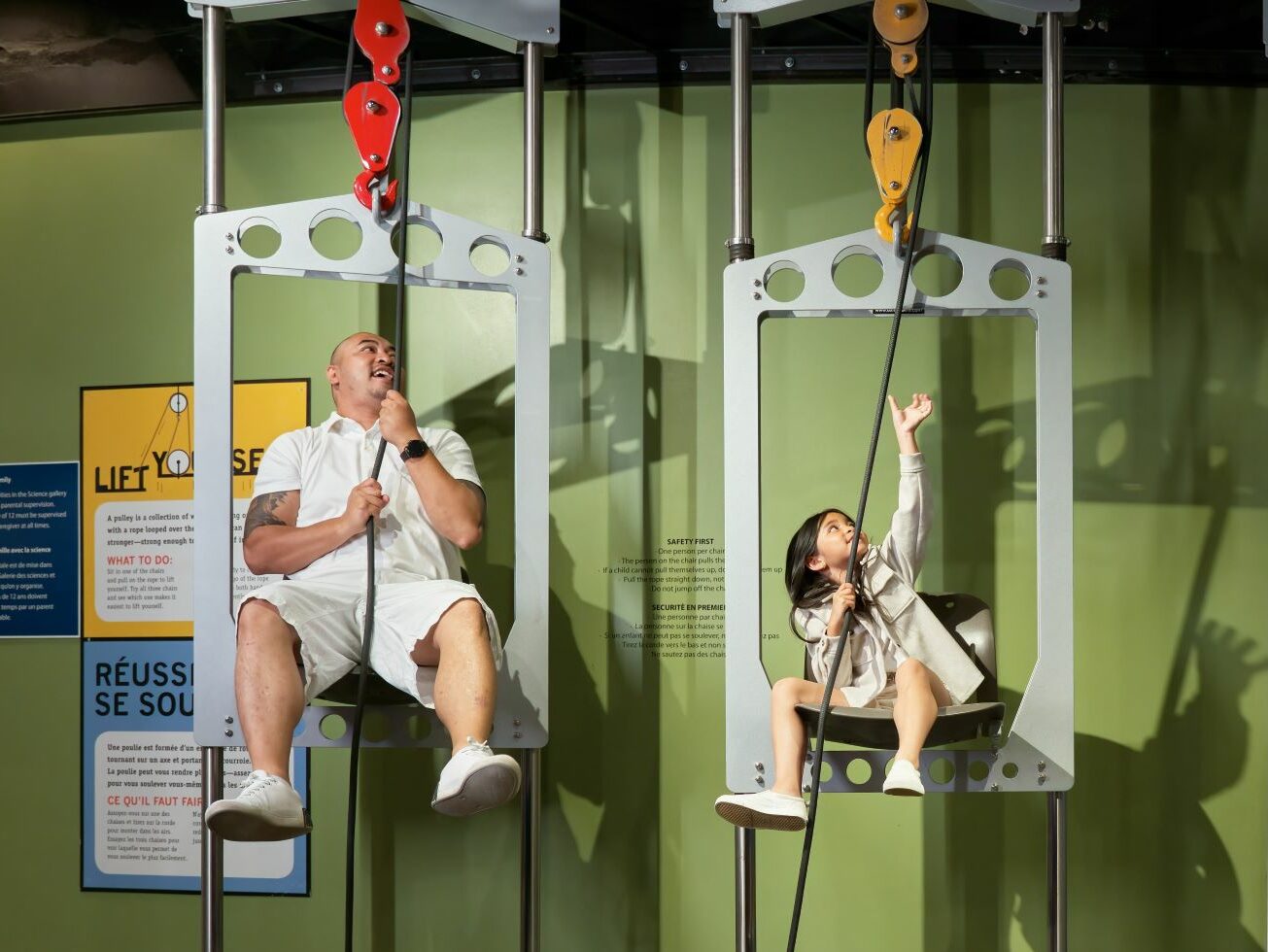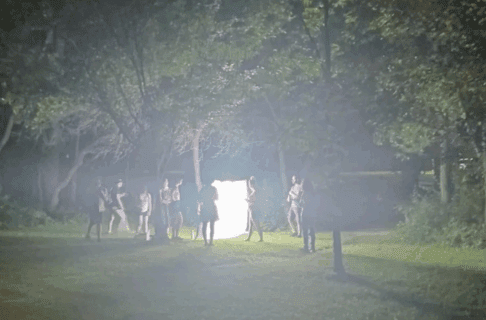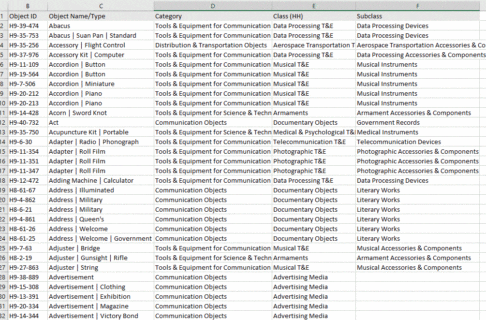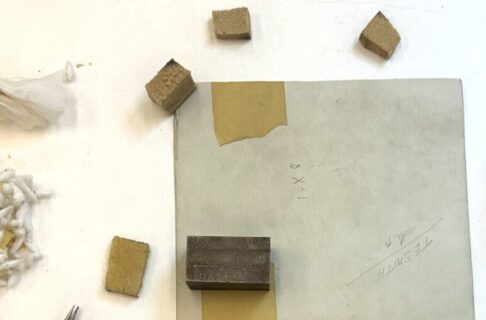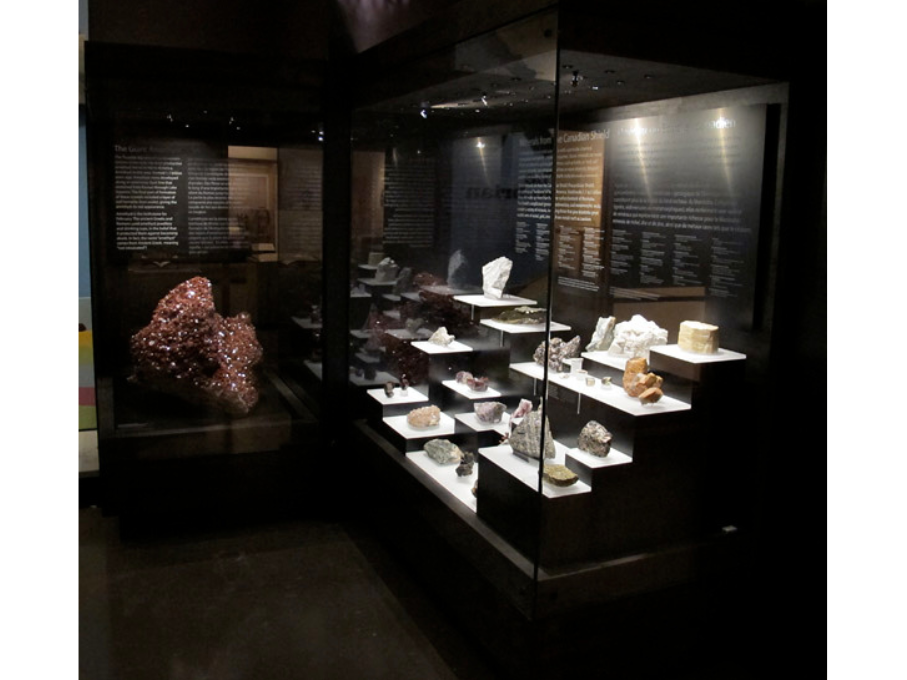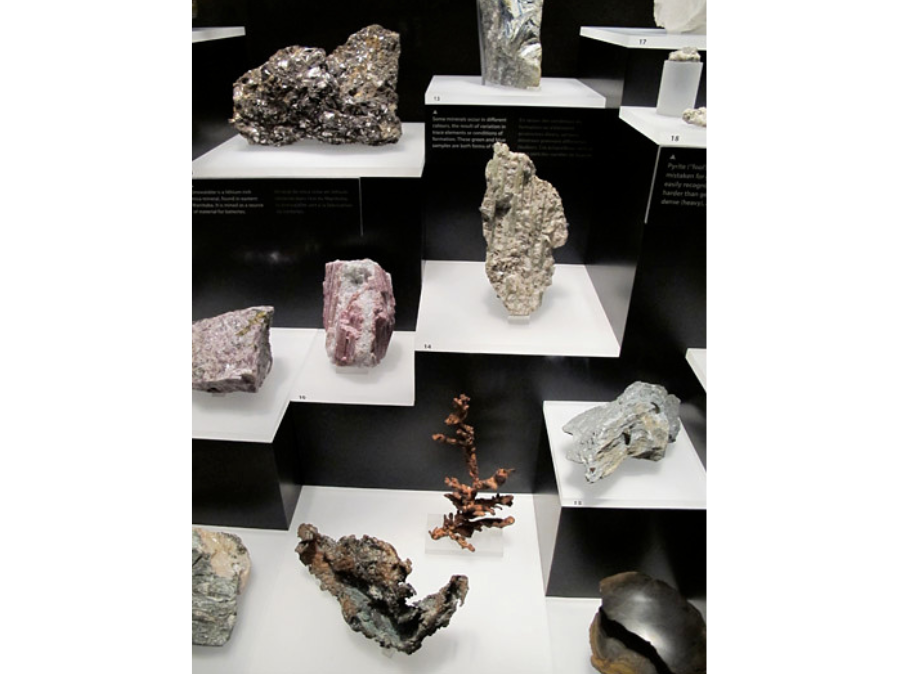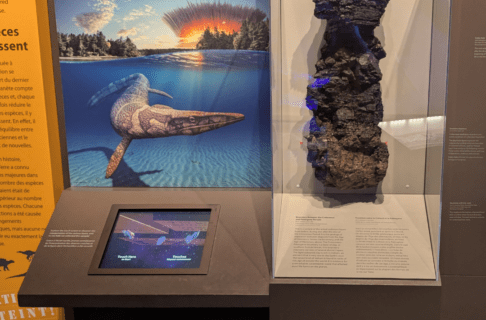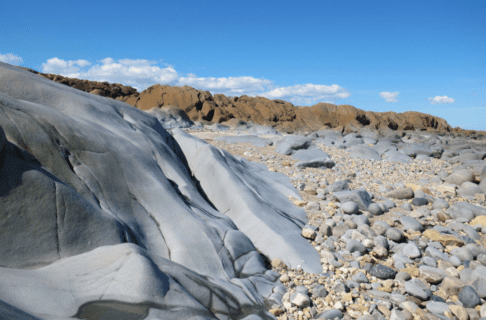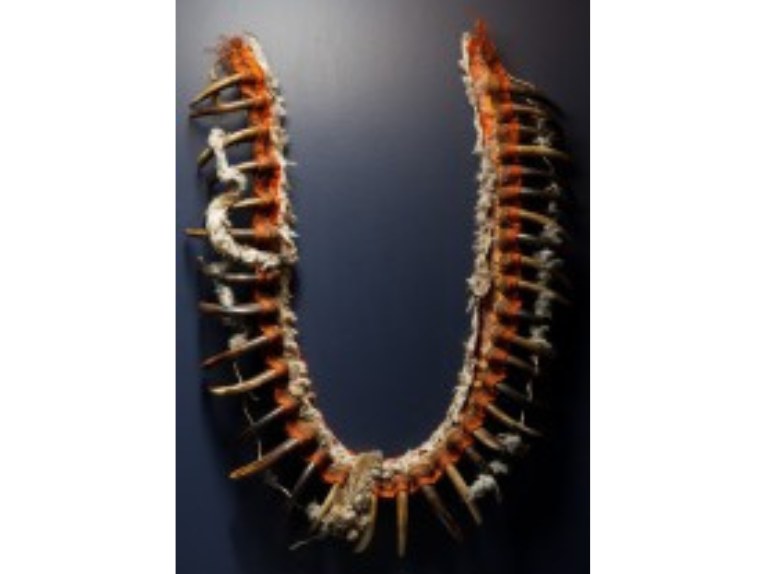Posted on: Tuesday July 31, 2012
By Kathy Nanowin, past Manager of Conservation
The Manitoba Museum recently acquired a number of objects that add to an existing collection. The Wilson family collection of bottles and crocks is an extensive one, with over 1600 artifacts. The Wilsons contacted the Museum with an offer to donate a related collection of ceramic footwarmers and various Medalta ware. Curator Roland Sawatzky recommended we accept the offered items; the subject went to our Collection Committee, which approved it on the curator’s recommendation. Follow us now through the process of preparing for and completing the acquisition.
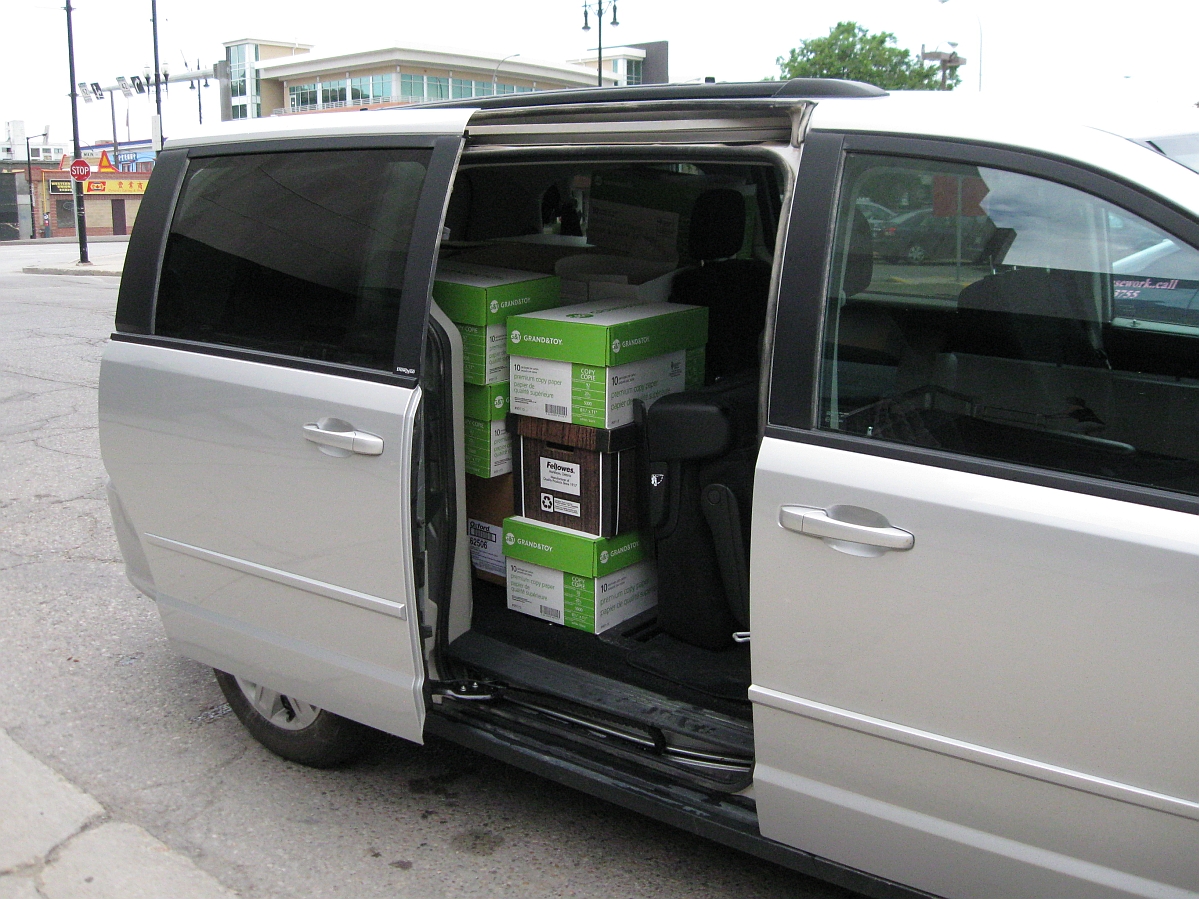
Preparation
We had been provided a list of items. Knowing the number was roughly 150, with 49 of those being ceramic footwarmers, I collected 35 “Banker’s box” size boxes. An intern, Megan Narvey, cut pieces of foam for packing and placed them in every box. She also cut up some extra bubble wrap for packing.
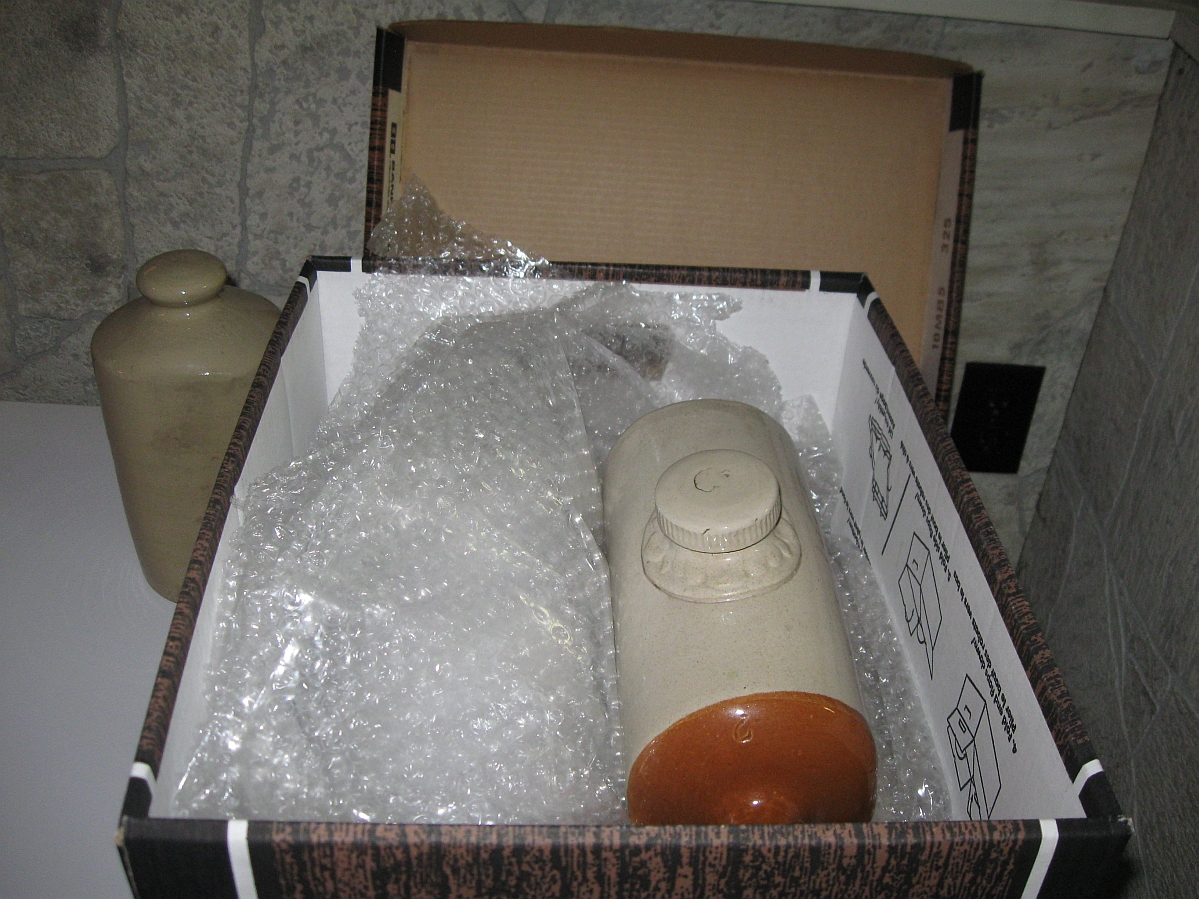
Pickup
Three people were involved in the pickup: Curator Andrea Dyck (Contemporary Cultures and Immigration), acting for Roland, who was undertaking fieldwork; Nancy Anderson, Collections Assistant, Human History; and Megan Narvey, Collections and Conservation intern. We rented a minivan, and all the boxes fit into the back. Arriving at the donor’s house, the empty boxes were brought in, and packing proceeded. Luckily, all the objects were stored on shelves in one area in the basement, which made packing faster. The boxes were then loaded into the van, and staff returned to the Museum. The Deed of Gift forms had been signed at the house, so the objects were legally ours to take.
Image: Footwarmers packed in box.
Unloading and Unpacking
The boxes were put onto carts and brought into the Museum, into the elevator and up to the sixth floor History Lab.
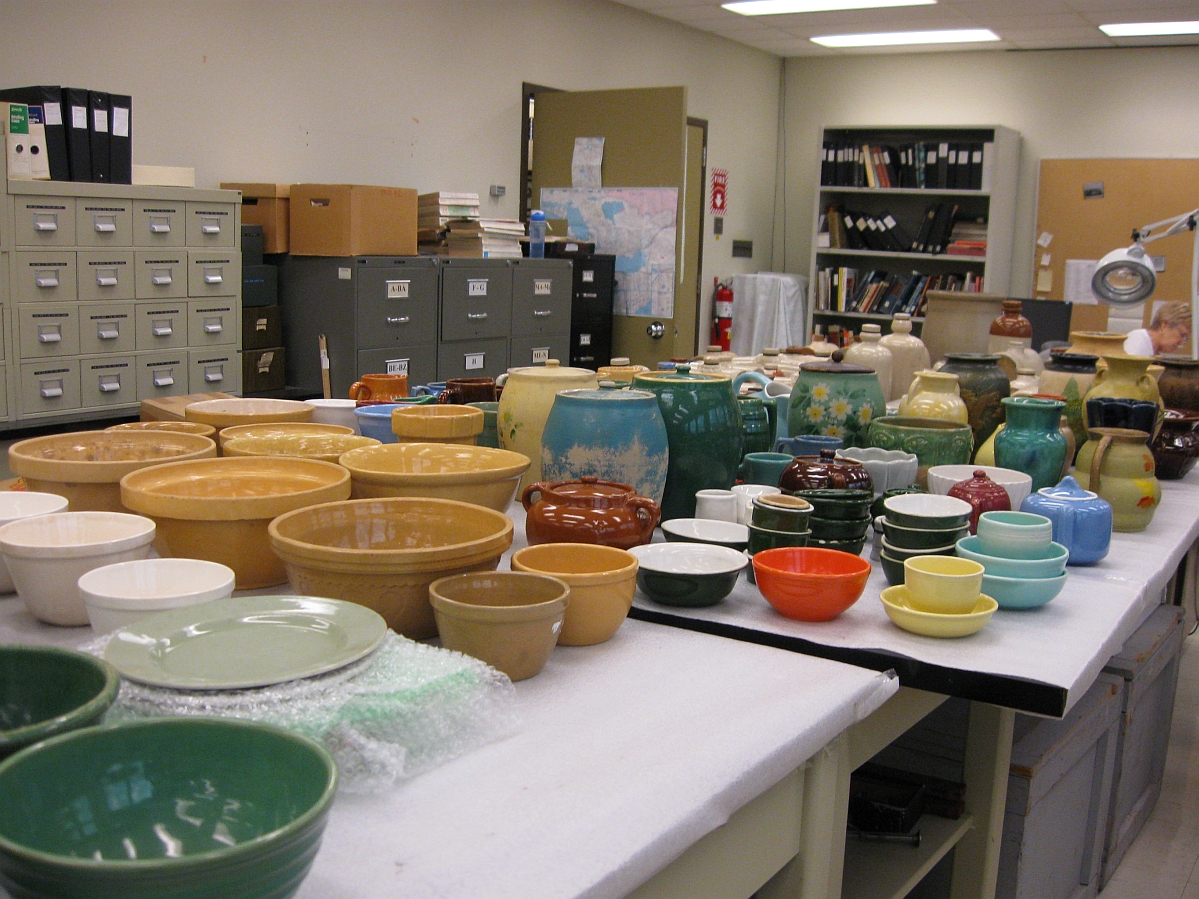
Here is the Medalta ware unpacked in the History lab.
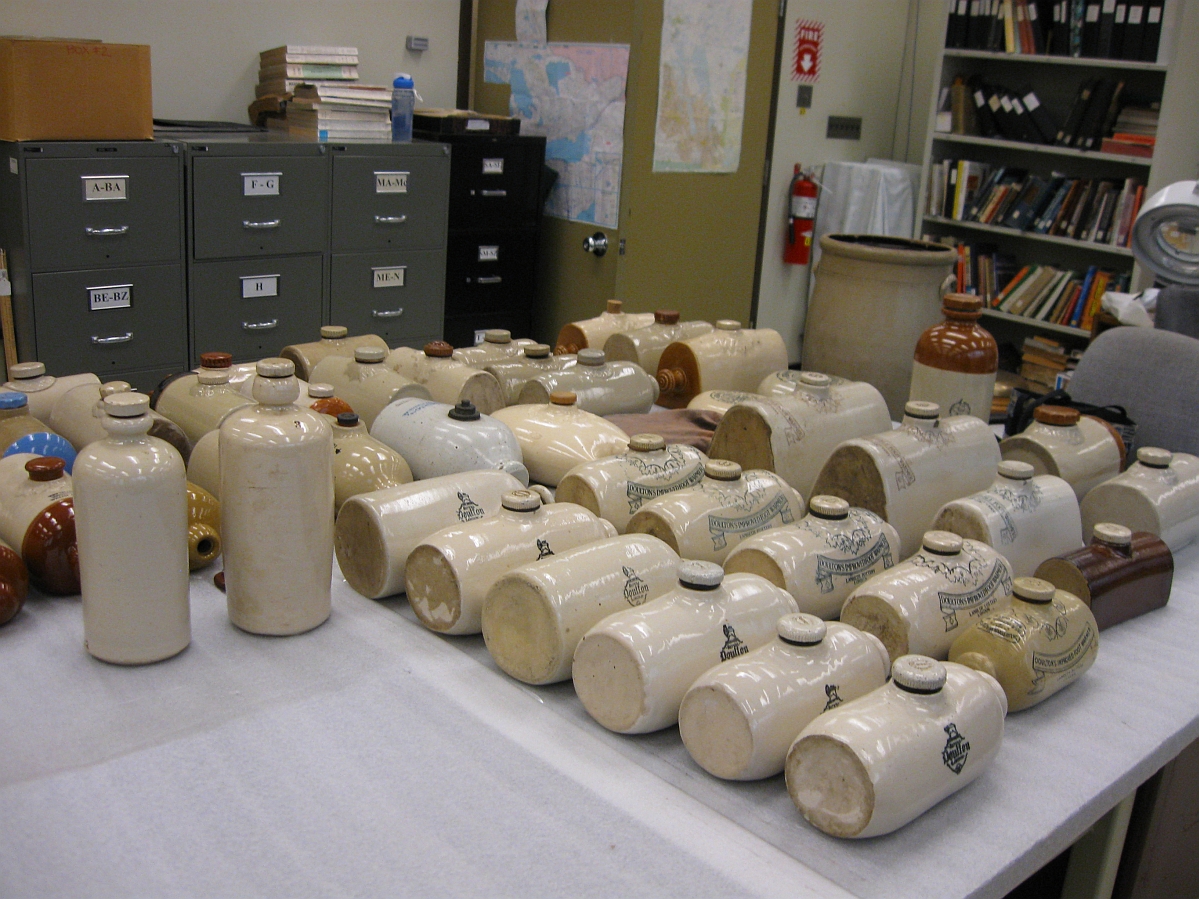
The footwarmers in the lab.
Next Steps
With all items removed from boxes, the next step is to process them. Each must be assigned a catalogue number and entered into the collection database. They also must be physically numbered, catalogued, photographed, and condition reported, before being put into their permanent storage location.
More than meets the eye
The actual collection trip took approximately a half day. However, the preparation took about the same amount of time, and the next steps will be far more time-consuming. With cataloguing and condition reporting, many entries can be cut and pasted, and the conservators can use a checklist to speed the process; however, I still anticipate that the processing of these 150 or so objects will take person-hours adding up to weeks of work!
Unless you work in a museum, most likely you have no idea of the details involved in collections work. The steps I’ve described are required for all new acquisitions. This is a glimpse into the day to day tasks the Collections and Conservation department staff tackle, although it’s just one part of what we do.
